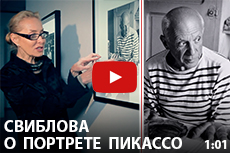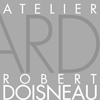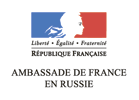The Beauty of Everyday Life
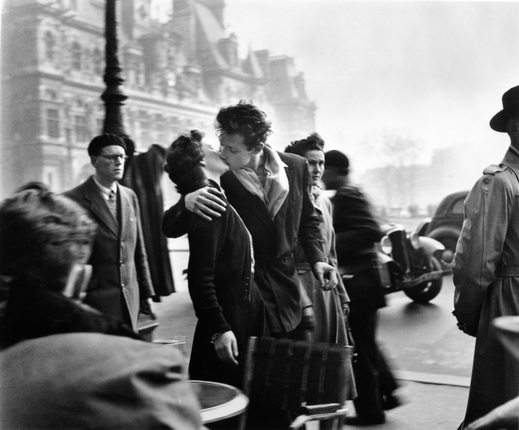


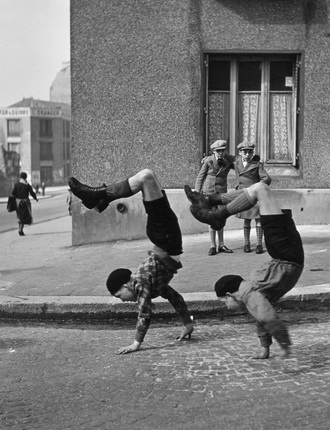
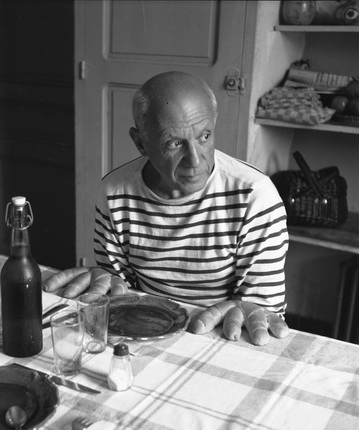
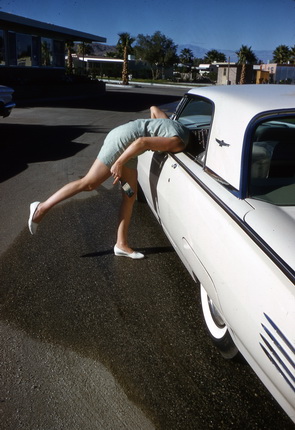
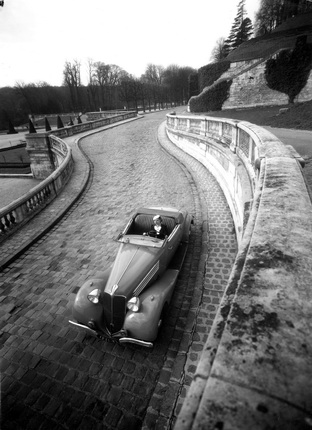
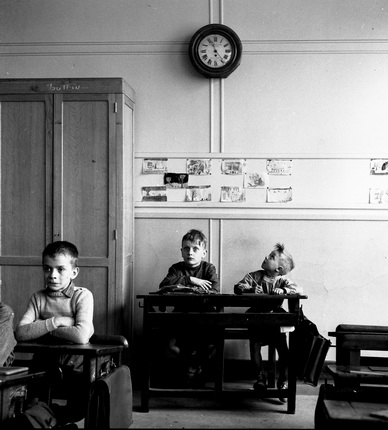
Robert Doisneau. Le baiser de l'Hôtel de ville, 1950. © Atelier Robert Doisneau
Robert Doisneau. Les cygnes gonflables. Palm Springs, 1960. © Atelier Robert Doisneau
Robert Doisneau. La cabine de Lanvin. Paris, 1958. © Atelier Robert Doisneau
Robert Doisneau. Les frères. Paris, 1936. © Atelier Robert Doisneau
Robert Doisneau. Les pains de Picasso. Vallauris, 1952. © Atelier Robert Doisneau
Robert Doisneau. Voiture blanche et pinceau. Palm Springs, 1960. © Atelier Robert Doisneau
Robert Doisneau. Renault Nervasport. Parc de Saint-Cloud, 1937. © Atelier Robert Doisneau
Robert Doisneau. Le cadran scolaire, 1956. © Atelier Robert Doisneau
Moscow, 12.02.2015—10.05.2015
exhibition is over
Share with friends
Curator: Francine Déroudille
For the press
Born in a northern suburb of Paris in 1912, Robert Doisneau retained a lifelong connection to thiscity. It was his hunting ground, ready to be used, his chosen source of images and emotions. Paris was his world, photography his pretext, curiosity his driving force and lightness his style. Nobody else could take such unforgettable photographs, capturing an imperceptible moment of balance, the fruit of his rare mastery and its relentless cultivation. One of the most important representativesof humanistic photography, Robert Doisneau went a long way from professional craft to artwork of unexpected seriousness, capturing on film fragments of a world to which he wished to bear witness.
He grew up in a petit bourgeois world which he never really loved but from which he never completely detached himself. Having finished his studies, he started to work as a draughtsman at Atelier Ullman. In 1931, he became an assistant to André Vigneau. In 1934, he was employed by the Renault factories and left this job five years later to join the celebrated photography agency Rapho. Thanks to the intellectual Robert Giraud, whom Doisneau met in 1947, he gained access to the world of night life that was so far from his own and that, perhaps for this very reason, completely fascinated him.
Doisneau’s first book, La Banlieu de Paris (a joint project with Blaise Cendrars), was published in 1949. Success soon followed: his photos became known all over the world. Doisneau became, perhaps without even wanting it, the ‘portraitist’ of a city, Paris, and of a world, partly real and partly invented, in which it would be beautiful to live. For many years he was looked upon as the minstrel of picturesque Paris, with a charming eye and a unique sense of the unexpected visual anecdote. As a result, he was championed as a poet of the ‘pure’ moment.
Doisneau’s oeuvre is, however, much deeper and complex than that reputation suggests. This exhibition presents his famous images set alongside some previously unseen in public. This extensive selection provides us with an updated critical re-reading, showing us how the apparent spontaneous beauty of his photographs was, in fact, the result of considerable work.
Aside from the streets of Paris, where he encountered and portrayed lovers and children, Doisneau also produced some remarkable and unexpected colour photographs. In 1960, the magazine Fortune engaged the French photographer to reveal the life of an exceptional city, born like a brilliantly coloured flower in the middle of the Californian desert: Palm Springs. Doisneau accepted the challenge and, amid the desert sands, palms and cobalt blue sky, the noisy inhabitants’ flashy attire, cocktails and golf courses, created his own personal American dream — not in black and white, but in an explosion of colour. The images from the album Palm Springs 1960 reveal a little-known side of this great photographer, and even the most seasoned experts will be surprised and carried away by the festive and ironic universe that Doisneau created.
Doisneau always approached his work with a little self-mockery. Perhaps, it was his antidote to the anguish of not being a jester, a tight-rope walker or a magician, as he was too much of a realist. And here lies the paradox of one who wished to carry out his work like a street artist, with the chaste joy and fun of an artist malgré lui.
Until 1994, the year of his demise, Robert Doisneau lived with his camera as his constant companion, curious about this little theatre in which he was an actor.

